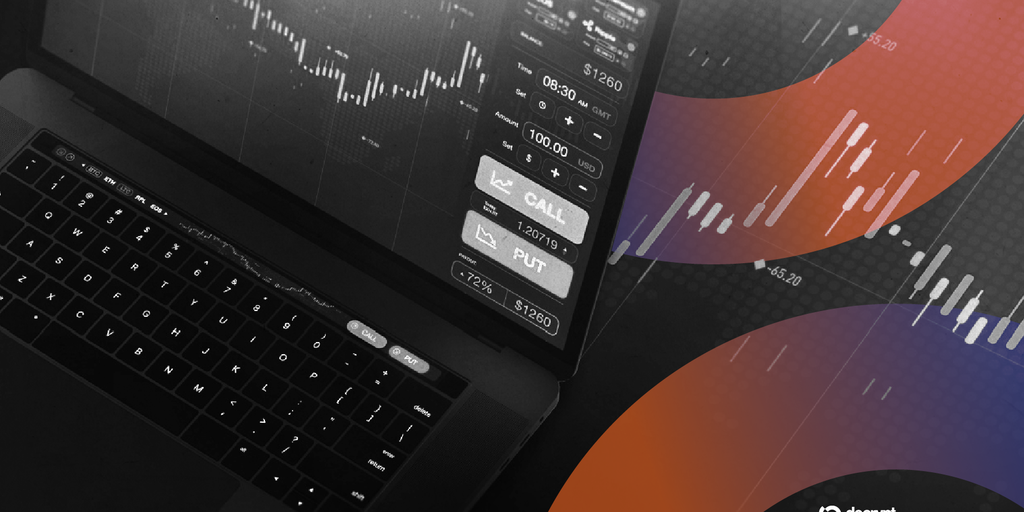Brief
- Circuit breakers prevent panic selling on Wall Street, but some experts say they are impractical and potentially dangerous in decentralized finance.
- DeFi protocols will always be open, even if “front-ends” implement restrictions, said Amanda Tuminelli of the DeFi Education Fund.
- They could make price disruptions worse, said Gregory Xethalis of Multicoin Capital.
Cryptocurrency prices collapsed Last Friday, as cascading selloffs fueled historic volatility, some experts say Wall Street’s old-fashioned safety net wouldn’t have helped.
In the United States, exchanges like Nasdaq and the New York Stock Exchange have used circuit breakers to promote orderly trading since 1988, following the stock market crash known as Black Monday. They found that investors needed more time to react to changing market conditions.
In traditional finance, a timeout can reduce panic selling, but after more than 19 billion dollars during crypto liquidations last Friday, some experts insist that these guarantees do not clearly correspond to decentralized finance– and could even make conditions worse. (There is directions that forcefully closed positions on some platforms may have been underestimated.)
During a panel discussion at DC Fintech Week in Washington, DC, Amanda Tuminelli, executive director of the DeFi Education Fund, said that “there is no off button” in DeFi that would allow an individual or entity to exert unilateral control over networks and assets.
“That’s because the code is self-sustaining,” she said, referring to services supported by smart contracts. “Decentralized systems like Uniswap, Ave, and dYdX have functioned throughout the liquidity crisis, a testament to the resilience of decentralized technology.”
The cryptocurrency market is decentralized, and the same qualities that can make it difficult to implement market-wide trading halts or circuit breakers are the same qualities that allow digital assets to trade 24 hours a day, every day of the year.
With the liquidation of $19 billion in leveraged positions last Friday, some traders who sought outsized returns were quickly eliminated. And conditions deteriorated to the point where some market makers, including Wintermute, say they were forced to retreat.
Circuit breakers can restrict trading activity market-wide or focus on individual securities. They are triggered automatically when a price or index moves by a certain amount within a specific time frame, with different levels of restrictions.
Tuminelli noted that it might be possible to implement restrictions on the “front ends” of services that connect to DeFi protocols, but she argued that “that just means there are a million other front ends that can access the same protocol,” potentially limiting their effectiveness.
Gregory
Traditionally, circuit breakers work well in U.S. stock markets, where an asset typically trades in a single venue and buy and sell orders are consolidated in a single location. In DeFi, however, assets trade universally, with constant arbitrage between venues.
“The only thing you can implement with a circuit breaker (in DeFi) is a dislocation,” he said. “The solutions we seek for new markets must be designed for these new markets. »
This is not to say that DeFi is incapable of coming up with its own solutions, Xethalis added, or taking inspiration from centralized markets when designing risk parameters for protocols.
“But we must be careful not to fall into the trap of thinking that yesterday’s solutions will still work for tomorrow’s products,” he said. “These products are traded all over the world.”
Daily debriefing Newsletter
Start each day with the biggest news stories of the day, plus original features, a podcast, videos and more.




